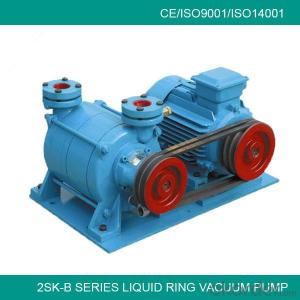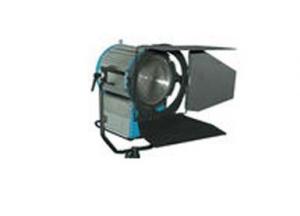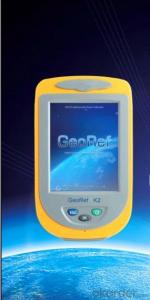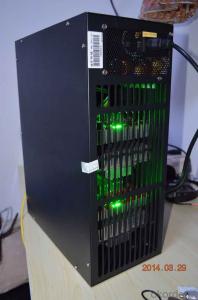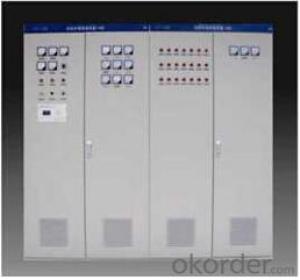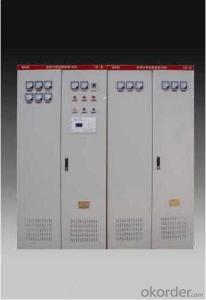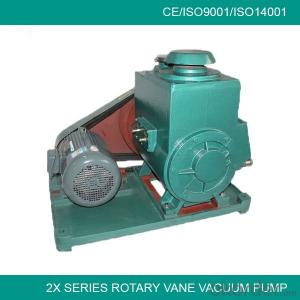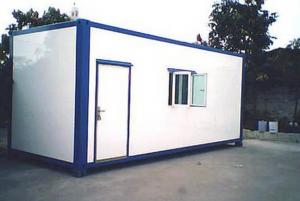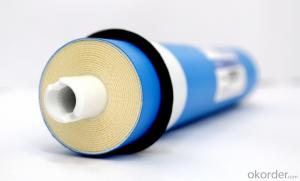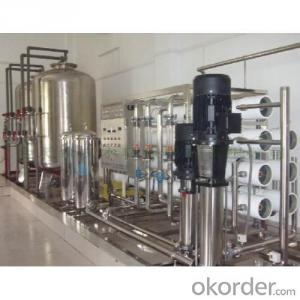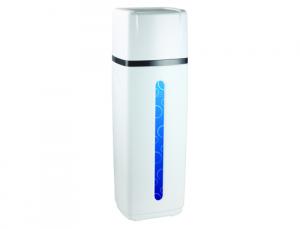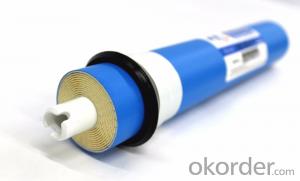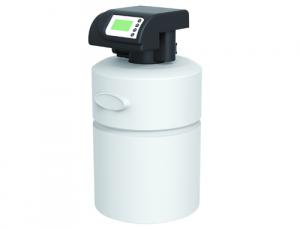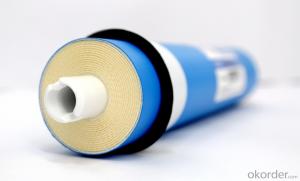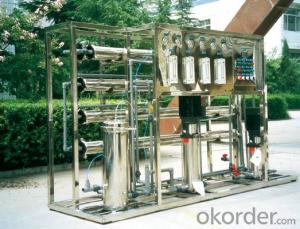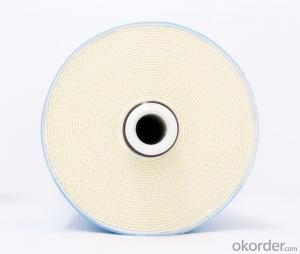Omniksol 2.0K-Tl2
Omniksol 2.0K-Tl2 Related Searches
Omniksol M248 omniksol m248 Lisocl2 Pack Stainless Steel Medieval 2 Stainless Steel Mod Medieval 2Omniksol 2.0K-Tl2 Supplier & Manufacturer from China
Omniksol 2.0K-Tl2 is a high-quality product that encompasses a variety of components, designed to meet the specific needs of various industries. This product is known for its exceptional performance and reliability, making it a popular choice among professionals and businesses alike. The product's versatility allows it to be used in a wide range of applications, from construction to manufacturing, and everything in between. Omniksol 2.0K-Tl2's unique properties ensure that it can withstand the demands of these diverse environments, providing users with a dependable and long-lasting solution.Omniksol 2.0K-Tl2 is widely recognized for its effectiveness in various usage scenarios, making it an essential product for those seeking to improve their operations and achieve optimal results. Its ability to adapt to different conditions and requirements has made it a go-to choice for many businesses, as it can be easily integrated into existing systems and processes. This product's adaptability and efficiency have earned it a reputation for excellence, and it continues to be a top choice for those in need of a reliable and high-performing solution.
Okorder.com is a reputable wholesale supplier of Omniksol 2.0K-Tl2, boasting a large inventory that caters to the needs of customers worldwide. As a leading distributor, Okorder.com ensures that their customers have access to the best products at competitive prices, making it easier for businesses to acquire the necessary components for their operations. With a commitment to quality and customer satisfaction, Okorder.com has become a trusted source for Omniksol 2.0K-Tl2 and other essential products, helping businesses thrive and grow in their respective industries.
Hot Products

